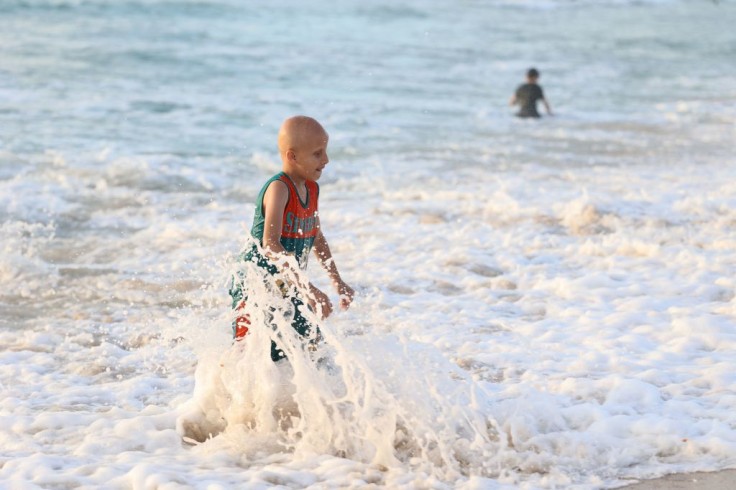
Diagnoses of rare cancer in kids in a California community near a nuclear accident six decades ago have surpassed the projections by health experts. The families of these kids have been demanding a proper clean-up of this site for years.
In 1959, a nuclear accident at the former Santa Susana Field Laboratory (SSFL) in the Simi Hills of the San Fernando Valley triggered the release of toxic chemicals in its surrounding areas, per WebMD. Reports cited that the site, now shut down, was experimental and didn't have any containment vessel; thus, radioactive iodine, a carcinogenic chemical, has been emitting from this location.
The emission was downplayed for at least two decades until researchers from the University of California, Santa Cruz (UCSC) studied the nuclear policies of non-government agencies for their "Committee to Bridge the Gap" report in the late 1970s. They documented data with photographs of the cracks and other emissions from the nuclear site.
Though the area was not populated, it had residential communities within a 10-mile radius. The land near the nuclear site was also used for grazing animals to supply the agricultural industry until an aviation company took over the facility in the 1990s.
Parents Against Santa Susana Field Lab
Today, nearly half a million people live in this region, and close to 150,000 people are within five miles of the SSFL. In mid-2010, many parents have noticed the number of increasing cases of rare cancer in kids in their community, but doctors have found no links to these cases and the contaminated nuclear site nearby.
Mom Melissa Bumstead, who lives less than four miles from the contaminated site, has a daughter with a rare type of leukemia, and she has been fighting for the clean-up of SSFL. Her petition to call for the Department of Toxic Substance Control's action has neared the one million mark.
"Our community has up to 60 percent higher cancer rates, 20 percent higher invasive breast cancer rates," she said. "We will not be safe until the site is 100 percent cleaned up."
Mom Lauren Hammersley, whose daughter Lauren has a rare form of brain tumor, is also part of Bumstead's movement. The mothers met at the children's hospital and realized that something wasn't right when they both knew of many families in their community with cancer.
Together with other parents, Bumstead and Hammersley plotted the cancer clusters where they lived and formed a Facebook group and the Parents Against Santa Susana Field Lab movement to discuss their plan of action. Bumstead was also convinced that their families had been victims after learning that 1,500 workers from SSFL were also diagnosed with cancer.
Broken Promises from the Government
The clamor from the parents has been met with broken promises from government leaders and agencies even before the time of Gov. Arnold Schwarzenegger. When Gov. Gavin Newsom was elected into office, California Secretary for Environmental Protection, Jared Blumenfeld, said that the total clean-up of the SSFL was a priority.
However, reports cited that the current government has been in closed-door negotiations with the companies responsible for the pollution. No clear resolutions have been laid out as of press time.
Meanwhile, MSNBC released the documentary "In the Dark of the Valley," tackling the nuclear accident and its aftermath six decades later to raise awareness about what the families are going through.